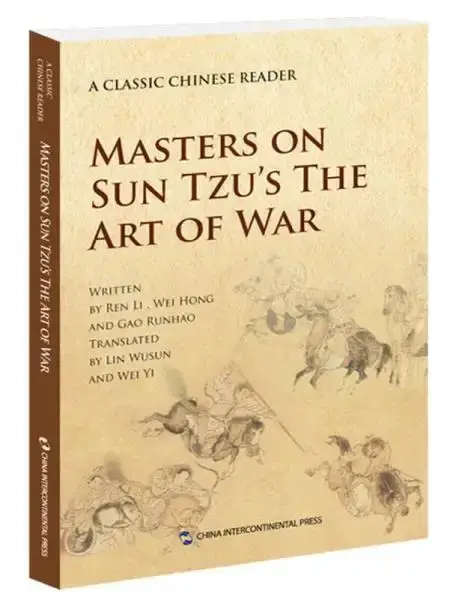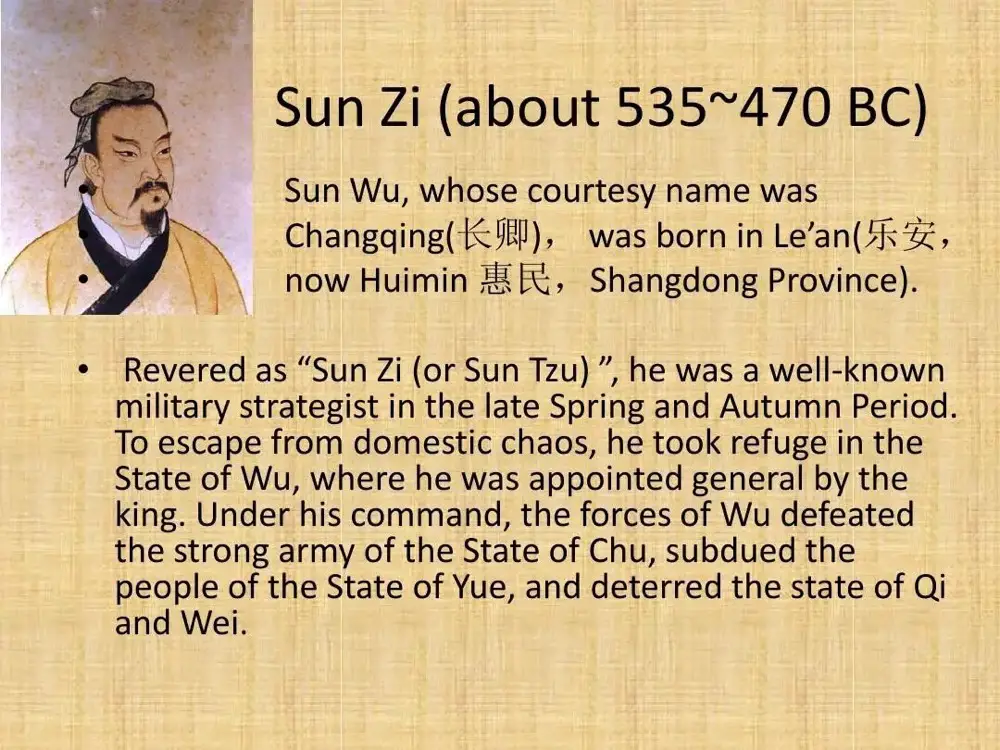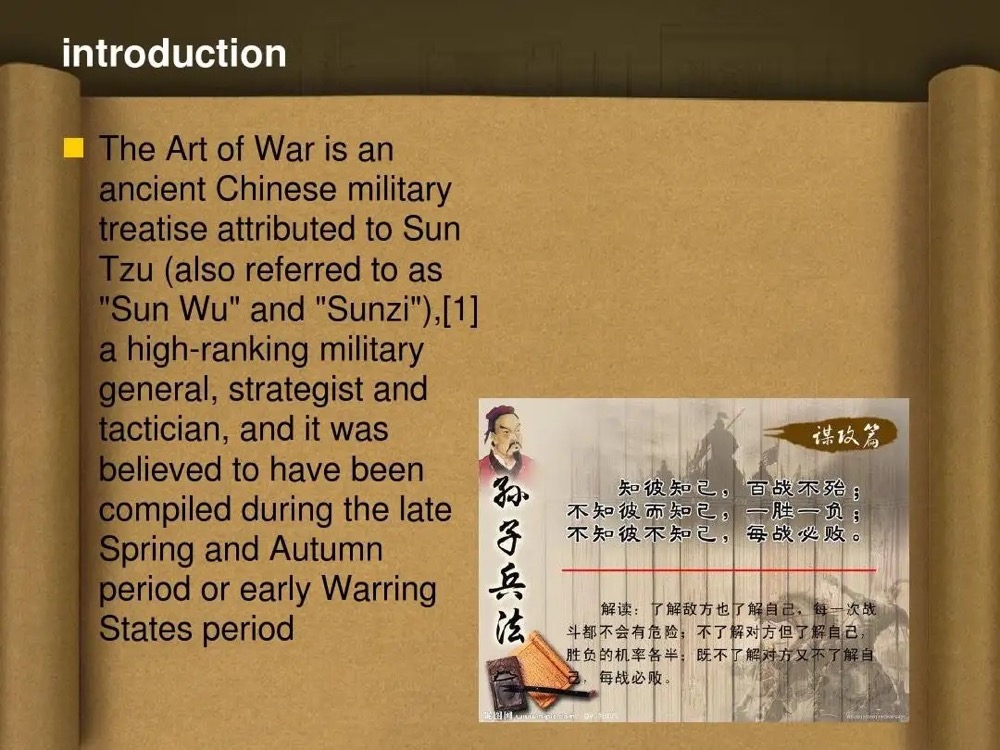Chinese warfare was among the largest and the most mechanically advanced wars in the ancient period. With the help of swords, bows, chariots, cavalry and crossbows, Chinese leaders fought to dominate and protect their vast country. The art of war was vital in the Chinese military strategy during the Warring States Period. The art of war was so crucial that modern leaders like Mao Zedong (founder of the People’s Republic of China), Takeda Shingen (Japanese Feudal Lord) and Norman Schwarzkopf Jr. (American Military General) drew inspiration from it. These leaders also attributed their military success to this book. The art of war expounded on the skills and disciplines of organizing a military campaign. The art of war is highly respected in China and its wisdom is highly appreciated worldwide.
What is the art of war book about?

The Art of War book is an ancient Chinese writing that has been a source of military strategy, tactics and psychology. The book has 13 chapters and in each chapter, different aspects of warfare are widely discussed. Vital themes like strength, communication and positioning are also talked about. The art of war writing dates from roughly the 5th century BC (during the late spring and autumn period) and the work is attributed to the ancient Chinese strategist, Sun Tzu (“Master Sun”). The book bears an elaborate explanation and analysis of the Chinese military during the 5th Century BC. Sun Tzu’s teachings formed the fundamentals of advanced military training for hundreds of years.
The Art of War book contains all the aspects of warfare and advice to commanders on how to prepare, deploy, strike, protect and treat the conquered. The book talks about the importance of diplomacy in solving disputes and if need be for war, how to fight strategically and intelligently. The Art of War book is one of the most influential texts when it comes to military operations, strategies, espionage and intelligence. This book remains the most predominant text in Eastern and Western Asian warfare and has also impacted the business tactics, legal strategy their lifestyle.
Who was the Art of War written for?

The targeted readers for the Art of War book were scholarly men who were aware of the military operations. The reader had to be able to read and be well-educated not only in military matters but also in areas such as leadership, philosophy, law, logistics, religion and social matters and behaviors.
The book was written for military commanders, leaders and scholars, as this was the group that was educated and could be able to read. The book was extremely guarded and only the “important” people in society had access to it.
Aside from being educated, the reader was expected to be intelligent. In Chinese ancient times, being intelligent meant being able to learn much and remember much and more importantly, make use of what was learned. Typically, only the rich and influential during those times were able to get an education, meaning the targeted readers were a small group of people.
The Art of War book was first translated to English in 1905, and today anyone can access and read the book.
When was the art of war written?
how old is the art of war?The exact date and year of when Art of War was written are not known but scholars believe that the piece was written between 475 and 221 B.C.E, during the later stages of the Warring States Period. Aside from working as a general in Wu State, other details of the book’s author are not known. Sun Tzu, the author, is believed to have existed in the 6th century BC, and the Art of War’s initial parts are dated around 100 years later.
The discovery of an older version of the book written on bamboo strips, in a tomb in Yinqueshan changed the composition narrative of the book. The composition date has since been pushed back to the 5th century BCE. The long-established version of the text got edited by a military dictator in the 3rd Century CE.
Why was the art of war written?

Sun Tzu wrote the Art of War to counsel military leaders on how to develop, rally, attack and protect their territory. The 13 chapters in the book cover the military aspects from planning to execution. It is important to know that this book doesn’t glorify warfare, instead, it states that war should be the last resort, after other strategies to beat the enemy fail.
The Art of War was written to provide tactics on how to defeat an enemy without having to go to combat, as this is usually a waste of resources and men. The book highlights why solving disputes diplomatically among territories is wiser than going to war.
Art of War was also written to teach commanders and leaders how to wage war, plan for war, military disposition, a configuration of the terrain, and maneuver in the army.
Why is the art of war so important?
Art of War is important as it speaks on strategies and tactics that are better than warfare. The book has not only influenced leaders in war but also in fields like law, education, business and sports.
The book highlights timing, which is a vital skill to possess when deciding when to engage an enemy. Self-awareness and knowing your enemy are also key aspects discussed in the text that make it an important resource in society.
The Art of War teaches the importance of avoiding combat at all costs to save on resources and reduce destruction. Having a unique plan and knowing how to execute that plan is important and the book provides training in this field. Providing tons of insight, the Art of War book is an important asset.
Conclusion.
The Art of War book was not only valued in ancient China, but also among leaders worldwide, and for good reason. The main teaching of this book was the importance of strategizing, planning and executing instead of fighting. Although it was popular among many, not all appreciated its teachings. Leaders like Han Fei Tzu and Followers of Confucianism disagreed with some techniques discussed in the book.